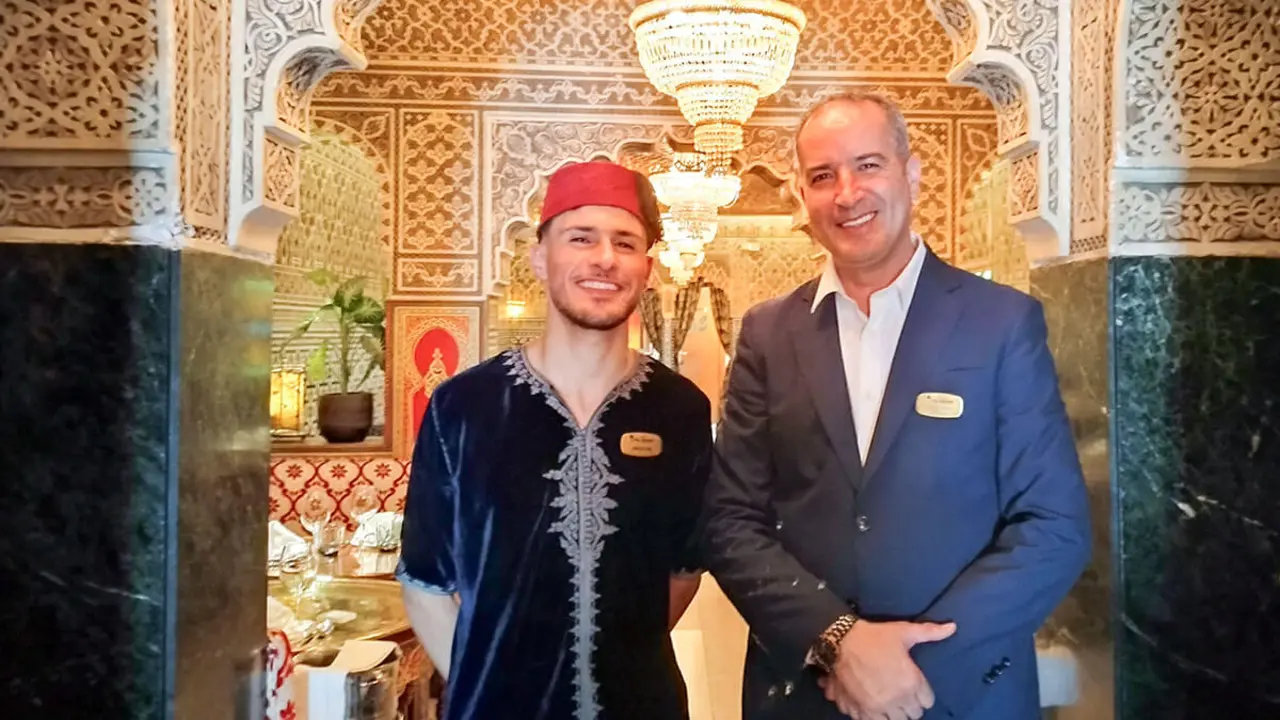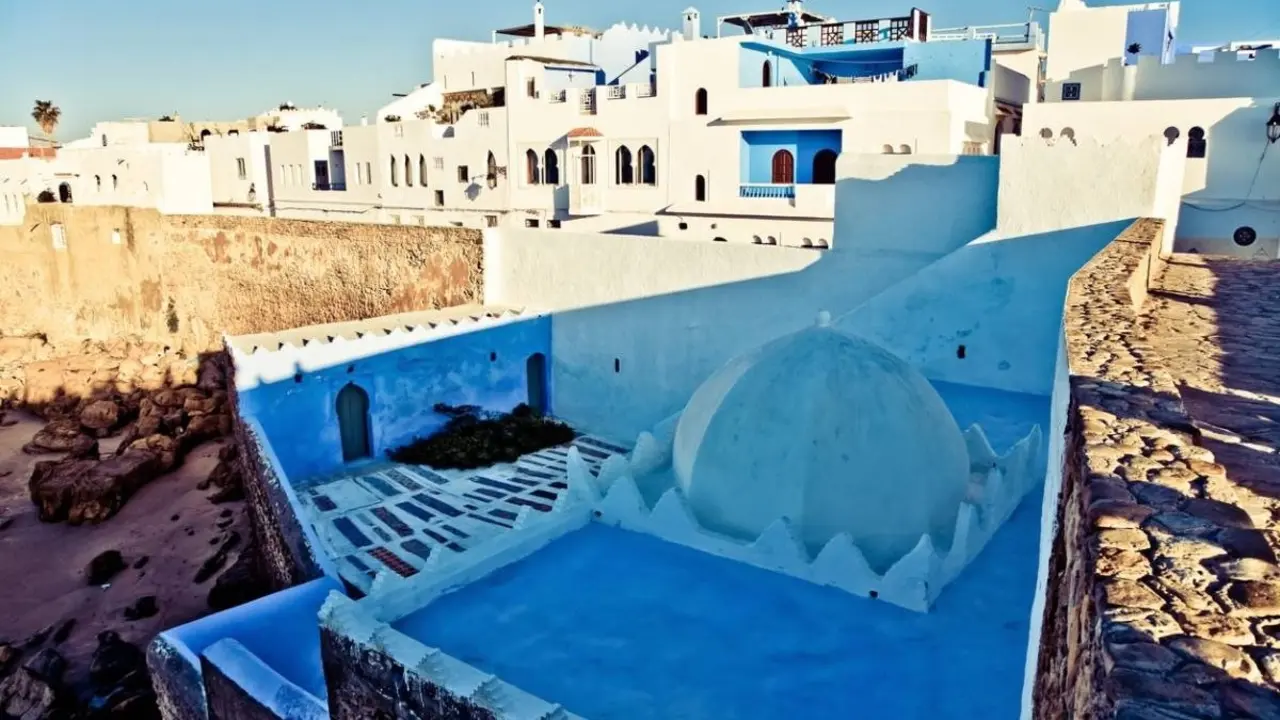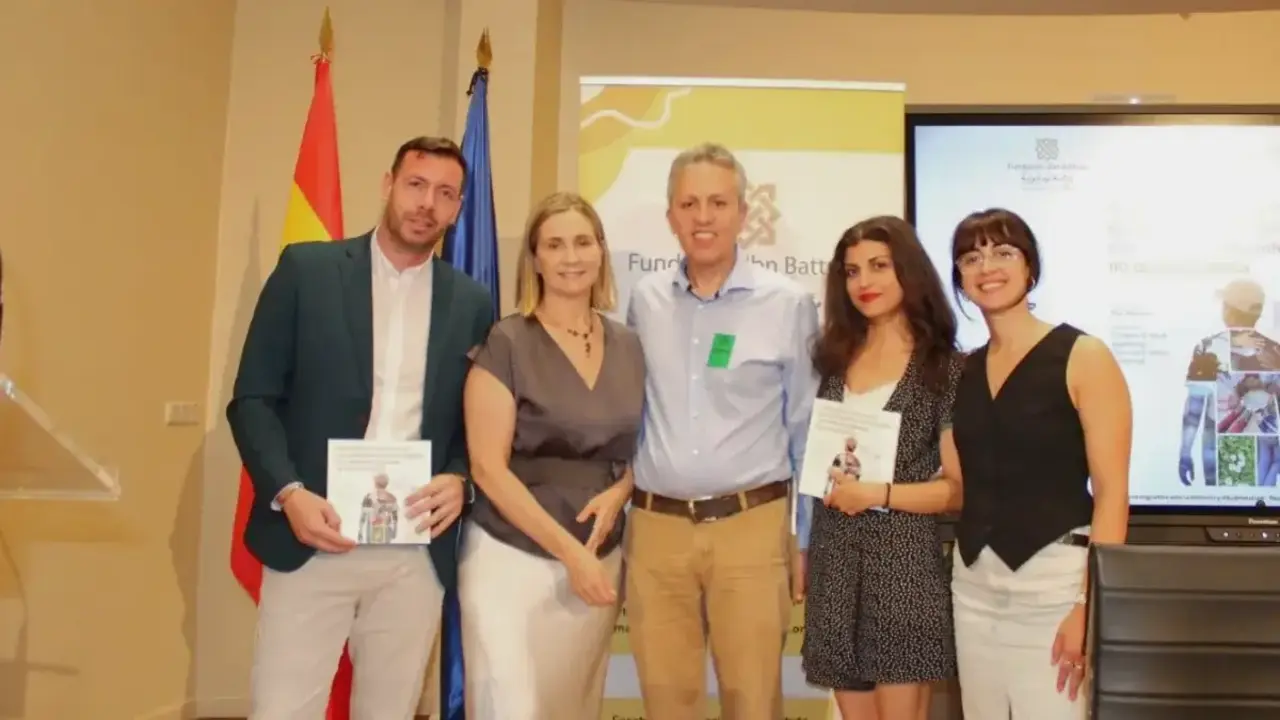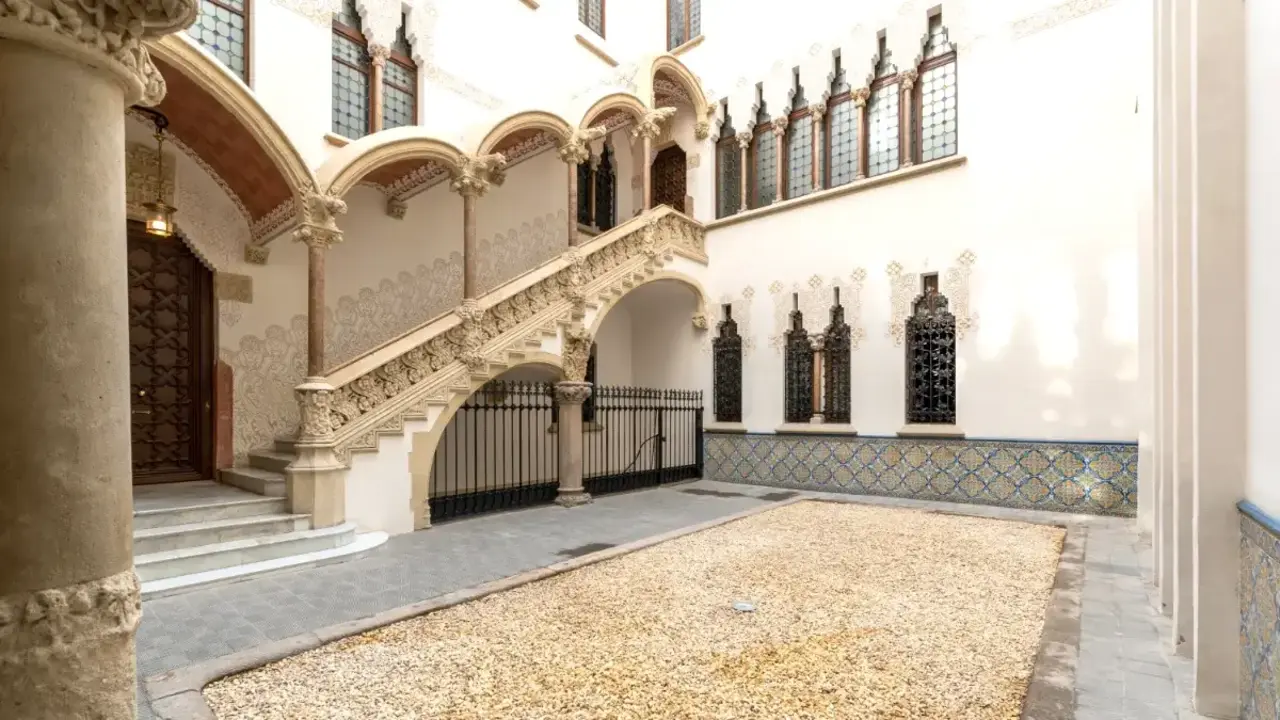Khettara: Marruecos recobrará el tesoro de la región de Haouz

Whether plants, animals or humans, water is essential for all forms of life and movement. It is a pillar of urbanisation and stability. Many abandoned places have plenty of water, while other crowded places have little water, losing the spirit of the place.
Today khettaras are experiencing increasing difficulties due to lack of rainfall and neglect. "The works of the khettaras in Morocco have a very long history, they represent a social, ecological and economic heritage. The current situation is very dramatic because of the effects of drought and degradation, and if this situation continues, the khettaras will disappear," warns the Ministry of Agriculture, Maritime Fisheries, Rural Development and Water and Forests, which is currently studying the implementation of a preliminary project for the rehabilitation of these structures.
Water scarcity is the ministry's main problem. The improvement of khettaras will thus allow the restoration of abandoned or damaged works, as well as the preservation of agriculture in the Moroccan oasis.

Water is at the heart of human history. This fact is very clear, especially in the Almoravid era. A creative design approach to provide sufficient water for the local population must rely entirely on what nature provides from water sources, valleys and even underground pools. Creative tools and techniques are being considered, one of which is the khettara watershed. This technology is one of the most important and creative examples of traditional engineering that helps in the management of water resources.
The watersheds surrounding Marrakech in particular and the Haouz region in general are of paramount importance in the historical, economic and social development of the region. Watersheds are among the traditional techniques that try to adapt to changes and survive in modern technology. These techniques have been used to classify watersheds according to a set of related characteristics.

The Ministry is currently launching a project as part of the national Green Generation 2020-2030 strategy with the aim of diagnosing the current state of khettaras in Morocco, identifying rehabilitation needs and subsequently preparing the implementation project. In this sense, this approach to rehabilitating Morocco's khettaras would contribute to meeting the irrigation water needs of the oasis populations and to boosting the economic activity provided by the khettaras to combat poverty, as approximately 300,000 people benefit from this system.
The project will identify and visit all the khettaras in Morocco without exception, i.e. khettaras in service and abandoned khettaras. An in-depth analysis should also be carried out in collaboration with the departments of agriculture and representatives of the oases. This analysis should make it possible to determine the different types of degradation in each khettara. As such, this diagnosis refers without limitation to the entire system that constitutes the khettaras, the vertical wells, the horizontal galleries, the networks inside the oases and the sealing. In this scheme, each khettara will have a sheet with the name of the khettara, name of the village, number and types of uses, area and types of crops, farmers' organisation, perimeters and nearby dams, water content of the resources, types of deterioration, khettara flow rate, water resources, as well as any information essential for the characterisation of the khettaras.

Topographical surveys will be carried out for each khettara. Hydrological investigations will make it possible to determine data on temperature, rainfall, khettara flow, flooding data if the khettara runs alongside or near a river or drainage ditch, and all information on underground resources.
The impact of climate change on these works will also be examined, the available water resources and their characteristics will be assessed, and emphasis will be placed on how the khettaras are managed and the methods of conservation and maintenance.







